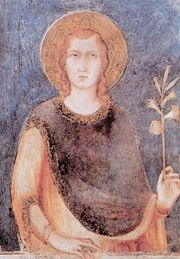
November 3 - Eastern Orthodox liturgical calendar - November 5
Contents
- Saints
- Pre-Schism Western saints
- Post-Schism Orthodox saints
- New martyrs and confessors
- Other commemorations
- Icon gallery
- Notes
- References
- Sources
All fixed commemorations below celebrated on November 17 by Eastern Orthodox Churches on the Old Calendar. [note 1]
For November 4th, Orthodox Churches on the Old Calendar commemorate the Saints listed on October 22 .









